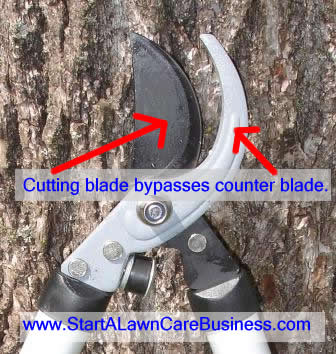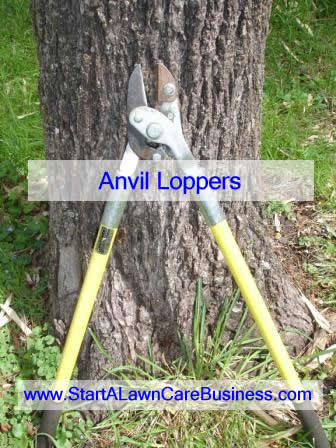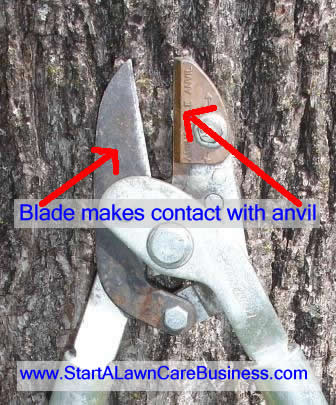If you are a lawn care and landscaping business owner, you probably already know the problems encountered when trees are improperly planted underneath power lines.
Once trees interfere with or become a potential hazard to power lines, they are trimmed or topped by electric companies. These trimming jobs are often far from ideal and the trees are often horribly deformed and weakened.
Proper pruning is often very expensive and time consuming compared to the hack-jobs performed by contracted tree trimmers. It is easy to blame the electric company for tree-topping. However, a better solution exists long before trees need to be topped and improperly pruned.
As landscapers, our jobs include suggesting proper plants, shrubs, and trees to our customers. Knowing potential heights and canopy spreads of the trees we plant helps us suggest the correct trees depending on the closeness of power lines to our customers’ yards.
Typically, power lines are strung about 20 feet above the ground. Gullies and hillsides may have differing power line height but 20 feet is a good approximation for level ground. Since we can forecast mature height and canopy spread of most landscaping trees, we can give our customers good recommendations of which trees to plant depending on their proximity to the power line.
Trees planted directly under or within a few feet of the power line:
Crepe Myrtle, Dogwood, and Little Gem Magnolia generally have a mature height of 20 feet or less and can be planted under high power lines without much risk for future endangerment of growing too high and having to be improperly pruned.
Trees planted at least 30 feet from power lines:
Honey Locust, River Birch, and Slippery Elm trees grow to about 40 feet tall yet do not have a canopy spread (radius) more than 30 feet. These trees can naturally grow to their mature height without becoming a threat to power lines.
Trees planted at least 60 feet from power lines:
Ash, Maple, and Oak are great trees for customers with wide areas that need to be populated with large trees. These trees grow over 40 feet tall and have large canopy spreads which may threaten power lines if they are planted closer than 60 feet.
Knowing which trees to plant will not only protect the longevity of the trees but will also protect the longevity of your business relationship with your client. Knowledge is power but lack of knowledge can threaten a power line.
Please Note: The above information should only be used as a general guideline. Actual height of the power lines in question as well as the cultivars of the trees you are planting will have effects of which trees should be planted near power lines.
If you are interested in learning more about how to operate a successful landscaping business, check out our webpage: www.StartALawnCareBusiness.com



